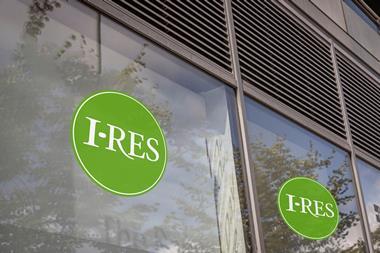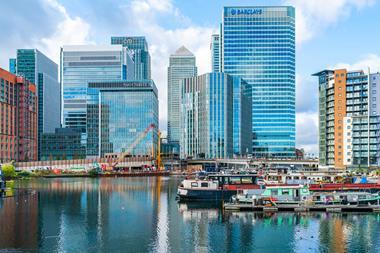New York City’s property-world panic has eased somewhat but the situation remains troubled and tense.

Hope that vaccines will turn the tide against Covid-19 is muted by the snail’s-pace rollout and by tangible, lingering evidence of the pandemic-driven catastrophe, from ghostly streets in Midtown and the Wall Street area to closures of shops and cafés everywhere.
Some pundits argue that the city “will never be the same”. Although New York overcame 9/11, the Great Recession and Hurricane Sandy, “this time is different” is an oft-heard refrain. The economic damage caused by the work-from-home phenomenon and the exodus of high-net-worth individuals supposedly portend doom.
Elected officials are blamed, with sound reason, for escalating crime, mushrooming budget deficits and deteriorating quality-of-life well before Covid. Now they’ve bungled the vaccine rollout – inoculations lag far behind available dosages.
But there are modest grounds for optimism. The election of Joe Biden promises stability if nothing else. Brokers who whiled away the summer and fall on Zoom meetings from their Hamptons retreats say they’re working with clients again.

Some large deals were made just before the March outbreak, but some have completed since. Last year saw major new leases for Facebook, TikTok, AIG, Raymond James and Google parent Alphabet. The 700,000 sq ft Facebook commitment, signed the same week that Mark Zuckerberg said that half his workforce would be working at home within 10 years, suggests cutting-edge companies aren’t yet ready to give up on offices.
Facebook is coming to Vornado-owned space at Moynihan Train Station, a $2bn project that created a new Amtrak and Long Island Rail Road waiting room inside the Farley Post Office building near Madison Square Garden. The train facility opened on New Year’s Eve.
New mixed-use buildings are going up in Harlem, Brooklyn and Queens. There are even glimmers of light on the retail front. As entire Manhattan districts such as SoHo are wastelands of dark storefronts, jeweller Harry Winston plans to double its space on Fifth Avenue.
Residential brokers took heart in a significant uptick in Q4. Although sales fell to 7,000 from 10,000 in 2019, median prices fell only 4%. While Manhattan stagnated, the market was robust in the outer boroughs and boomed at Brooklyn and Queens waterfront projects.
However, the gloom outweighs the optimism. The overall residential market has been mauled by the pandemic. A record 67,000 rental apartments stand vacant, forcing landlords to make deals unheard of a year ago. Some 60% of condo units remained unsold.
Investment deals plunge
Investment sales for properties of all types have plunged to an all-time low – 50% down from 2019. The plunge cost the fiscally-strapped city $1.6bn in tax revenue.
Restaurants are reeling. Hundreds had closed for good when governor Andrew Cuomo in December abruptly banned indoor dining – just six weeks after he’d reopened them at 25% capacity. The ‘21’ Club, one of the city’s most iconic restaurants, closed its doors, possibly forever.
Office leasing volume year-to-year through October was a puny 12m sq ft, according to CBRE. November was the worst month, at 482,800 sq ft, 78% below the five-year monthly average. Manhattan availability leapt from 11.1% to 14.8% November to November.
Occupancy remains stubbornly low. Major landlords are collecting rent, but office use hovered between 12% and 18% in recent months, according to Kastle System’s Back to Work Barometer. SL Green CEO Marc Holliday said in a Q4 investors call: “85% of people that work in office buildings are still home and that’s frustrating.” How long it will take for them to return, and in what numbers, is the key question for all commercially-driven cities, but is especially acute in New York, where 450m sq ft of offices support the entire state and city economy and no small chunk of the nation’s.
Nowhere are things more dispiriting than in Times Square and the theatre district. The closure of Broadway and other entertainment venues has cost the city an estimated annual $100bn in direct and indirect economic activity. Only a handful of hotels remain open. New Yorkers who complained about a record 70 million tourists and business travellers underfoot last year now yearn to have them back.
New York City whipped a two-decades string of biblical calamities and will surely do it again. But we won’t believe it until the crowds are back and offices buzzing anew.
Steve Cuozzo is real estate correspondent for the New York Post





























No comments yet